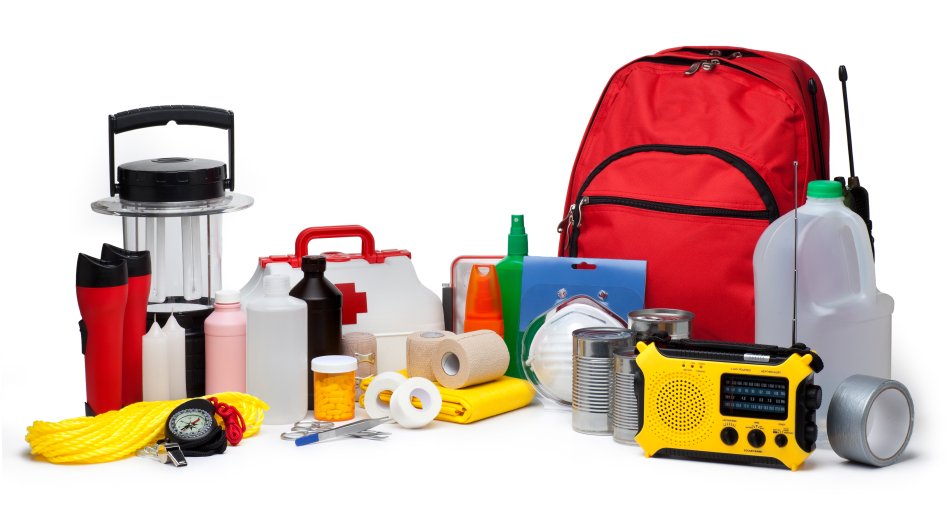Have you ever been in an emergency?
If you have, you know how it can feel.
It might have been terrifying and/or scary.
But, hopefully, you had built an emergency kit to help you live.
Today, I will be telling you how you can make an emergency kit so you and your family are safe.
These can also be called 72-hour kits, grab-and-go bags, etc.
Kits can be used for instances like winter storms, tornadoes, hurricanes, earthquakes, wildfires, etc.
You don't need all of these (based on your needs), but here are some ideas:
- Water—at least a gallon per person, per day
- Non-perishable food (such as dried fruit, peanut butter, or energy bars)
- First aid kit
- Cash (in small bills)
- Prescription medicines
- Extra batteries or an alternative power source
- Matches in a waterproof container (allow an adult to help)
- Toothbrush, toothpaste, soap
- First-Aid kit
- Paper plates, plastic cups, plastic utensils, and paper towels
- Battery-powered or hand-cranked radio
- Sleeping bag or warm blanket for each person
- Flashlights
- Helmet
- Sturdy shoes
- Whistle to signal for help
- Can opener (manual)
- Local maps
- Pet and service animal supplies
- Baby supplies (formula, diapers, etc.)
- Extra pair of eyeglasses
- Your container to put all these things in (Backpack is better)
- Activities (like cards and drawing)
PRO TIP :
Instead of getting food all at once, bring a little bit of non-perishable food every time you go grocery shopping and add it to your kit.
Soon, you'll have a good amount of food for you to eat in an emergency.
Due to COVID-19, please also consider adding these:
- Hand sanitizer
- Masks (Medical, if possible)
You will also need to store your kit somewhere that is:
- Easy to get to
- Cool, dry location
Not only that, but maintaining is also a job that needs to be done as well.
That can be done by:
- Replacing expiring items
I hope this was helpful!
Visit Build A Kit | Ready.gov for more information.
January 28, 2022

Comments
Post a Comment